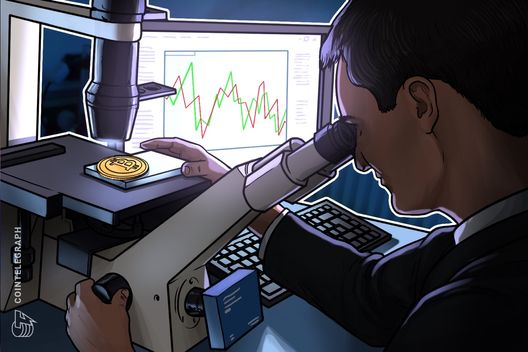
Bitcoin's 'Magic' Price Predictor: Should You Still Trust It?
Ah, Bitcoin! It's a fascinating world, isn't it? For many, the dream of predicting its next big move is a constant quest. And for years, one model stood out as a fan favorite, almost like a crystal ball: the Stock-to-Flow (S2F) model. It seemed to whisper secrets about Bitcoin's future price, especially after those big 'halving' events.
But lately, some experts are raising an eyebrow, urging investors to proceed with caution. So, is this 'magic' model losing its spark? Let's dive in and see what's really going on.
What Exactly Is This "Stock-to-Flow" Magic?
At its heart, the Stock-to-Flow model is pretty simple. It looks at an asset's scarcity by comparing its existing supply (the 'stock') to how much new supply is created each year (the 'flow'). Think of it like this:
- Stock: All the Bitcoin that's already been mined.
- Flow: The new Bitcoin mined every day, week, or year.
The lower the flow compared to the stock, the scarcer the asset. And in economics, scarcity often equals higher value.
The Basic Idea: Scarcity is Key
This model was famously applied to precious metals like gold and silver. They're valuable partly because they're hard to find and not much new supply enters the market. Bitcoin, with its hard cap of 21 million coins and predictable 'halving' events (which cut the new supply in half every four years), seemed like a perfect fit for S2F. Each halving drastically reduces the 'flow,' making Bitcoin even scarcer.
Why Bitcoin Fans Loved It
Historically, the S2F model did a pretty good job of mapping out Bitcoin's price trajectory, especially after halvings. Many saw it as a strong indicator that Bitcoin's value was directly tied to its increasing scarcity. It offered a seemingly logical, data-driven path to predict future price pumps, making it incredibly popular among long-term Bitcoin enthusiasts.
The Cracks in the Crystal Ball: Why Experts Are Waving Red Flags
While the S2F model has a compelling narrative, relying on it blindly might not be the smartest move. Bitwise investment analyst André Dragosch recently highlighted this, advising investors to be 'cautious' when using it. Here's why:
It's Not a Guarantee
Models are just that – models. They simplify complex realities to help us understand trends. But they aren't crystal balls that predict the future with 100% accuracy. The crypto market, especially Bitcoin, is influenced by so many factors that a single model can't capture everything. Just because something worked in the past doesn't mean it will always work exactly the same way in the future.
Market Complexity Goes Beyond Scarcity
Bitcoin's price isn't just about how much of it exists. It's a global asset, intertwined with:
- Macroeconomics: What's happening with inflation, interest rates, and global recessions?
- Regulation: New laws or government stances on crypto can send shockwaves.
- Adoption: How many people and businesses are actually using Bitcoin?
- Technological developments: Improvements or issues with the network itself.
The S2F model largely ignores these crucial external forces, focusing only on supply mechanics. When the market behaves differently than the model suggests (as it has at times), it reminds us that other factors are clearly at play.
Beyond Simple Scarcity: Bitcoin is Unique
While Bitcoin shares scarcity traits with gold, it's also a digital technology, a decentralized network, and a burgeoning financial system. Its value isn't just as a 'store of value'; it's also tied to its utility, security, and the network effect. These aspects are hard to quantify in a simple stock-to-flow ratio.
So, What Does This Mean for Your Bitcoin Journey?
Does this mean you should completely disregard the Stock-to-Flow model? Not necessarily.
Don't Throw It Out Entirely
The S2F model still provides a valuable perspective on Bitcoin's inherent scarcity and how the halving events impact its supply. It's a good reminder of one of Bitcoin's fundamental value propositions.
The Golden Rule: Diversify Your Research!
Instead of relying on one 'magic' predictor, become a detective! Look at a range of factors: on-chain data, global economic trends, institutional adoption, technological advancements, and overall market sentiment. Use S2F as one piece of a much larger puzzle, not the whole picture.
Ultimately, navigating the crypto market means being informed and adaptable. The Stock-to-Flow model offers a compelling narrative, but as analyst André Dragosch reminds us, a healthy dose of caution and a broad understanding of the market are your best allies. Happy investing!
Keywords: Bitcoin Stock-to-Flow, S2F model, BTC price prediction, crypto investment, Bitcoin analysis, André Dragosch, cryptocurrency market, crypto strategy, Bitcoin halving, investment caution
